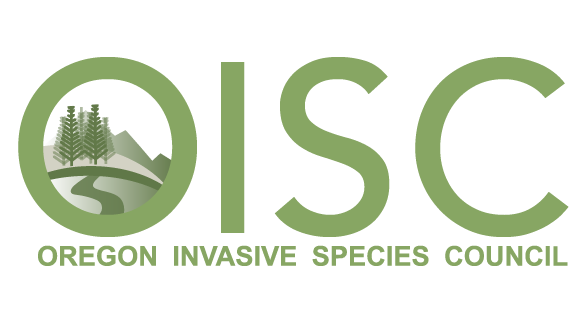Nevada Governor Highlights Impact of Invasive Species, Need for Collaboration
/In September, the first workshop of the Western Governors’ Biosecurity and Invasive Species Initiative took place to discuss the vast impact of invasive species in the West. At this workshop, the take home message was that the most effective way to combat invasive species is by taking a collaborative approach to management and removal - sharing information between state programs and learning from one another.
These ideas were expressed by Nevada Governor Brian Sandoval in his opening remarks. “The impacts of invasive species are staggering,” said Gov. Sandoval. “The Nature Conservancy has estimated that in the United States invasive species cost over $120 billion to manage every year, affect an area of more than 100 million acres – an area the size of California – and have contributed to the decline of 42% of threatened and endangered species.” The initiative that is being put forth is called the Biosecurity and Invasive Species Initiative, and it focuses on the impacts that invasive species, pests and pathogens have on different ecosystems. Work for this initiative will continue with workshops in Wyoming, Montana, and Hawaii.
Read the original article by Western Governors’ Association here.


